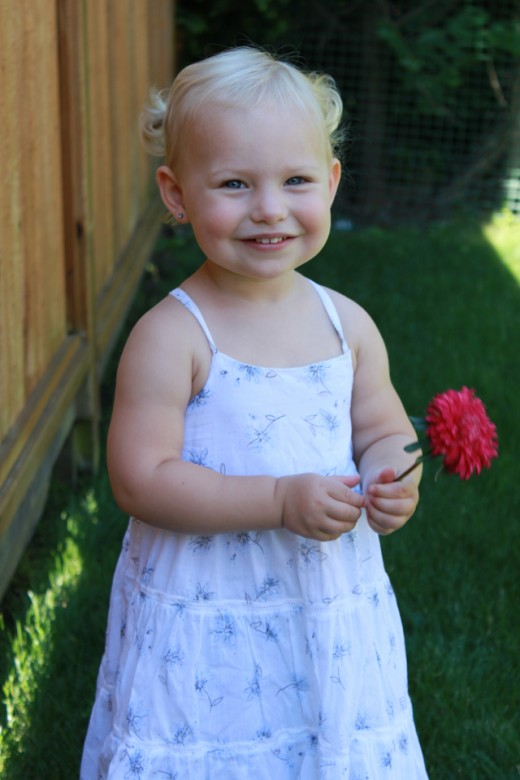When you hear the word arthritis, what first comes to your mind? For me, it’s usually older people, with painful joints.
What doesn’t usually come to mind for most people is a 22-month-old baby girl who refuses to walk because the pain in her ankle is too much. And yet this was a reality for BC mom Jennifer and her daughter Avery.
Avery was only 22-months-old when her mom Jennifer started noticing something wasn’t quite right.
“At that age, she was unable to tell us in words that something was wrong. We could tell by her body language and her symptoms.”
It would take six weeks for doctors to finally diagnose Avery, but eventually, it was determined that Avery was suffering from Juvenile Idiopathic Arthritis.
Juvenile Idiopathic Arthritis (or JIA) is a form of arthritis that affects children and teens under the age of 16. JIA causes inflammation in the joints and, depending on how severe the arthritis is, can cause eye inflammation as well as impact a child’s growth.
And while you may have never heard of JIA before, over 60,000 children suffer from chronic pain caused by arthritis and is one of the more common disorders resulting in chronic disability in children and teens across Canada. JIA affects 1 in 1000 children in Canada and is four times more common in girls.
Because many people don’t think of arthritis as something that happens to children, it can often times be mis-diagnosed.
“We first noticed something was wrong when Avery started limping out of the blue,” said Jennifer of Avery’s first symptoms. “There was no obvious reason for it. She had not fallen or injured her foot to our knowledge. It just seemed really odd.”
When the pain became too much for Avery, Jennifer took her to the ER, where x-rays confirmed that she hadn’t fractured her ankle. They were told it could be a sprain, so they iced Avery’s ankle for a couple of days but went back to the hospital when Avery didn’t improve. The doctor ordered bloodwork, which pointed to inflammation and JIA was eventually diagnosed. She was then referred to the Rheumatology clinic at the local children’s hospital for treatment and ongoing care.
There is no cure for JIA, but the condition is manageable with medication; the disease requires some changes, but children suffering from JIA still lead normal lives.
“Avery is a real trooper and, for the most part, lives a very normal childhood,” explains Jennifer. “We have her in activities such as swimming and gymnastics—these help with the disease as well.”
And while Jennifer admits that it can be challenging to stay on top of blood work and regular appointments—especially with younger children in the picture—the hardest part is seeing your child in pain.
“Even though I am a nurse, administering Avery’s medication and taking her to her blood work appointments is not easy.”
If you suspect that your child might be suffering from JIA, Jennifer suggests keeping track of their symptoms before heading to the doctor. “Outline a typical day and describe the symptoms they experience,” Jennifer explains. “If you think it may be JIA, ask the doctor about it. Get the tests needed in order to determine what exactly you are dealing with.”
Jennifer, Avery and their family found a physician they trusted and continue to be diligent about keeping up on doctor visits and blood work. But the most important part of living with JIA? “Don’t treat the child like they are “different” because of their illness,” says Jennifer. “Keep them active and stay positive.”
It is so important for people to realize that arthritis is not just a disease of the elderly, it can affect children too. Once you know that you are dealing with JIA, remember that you and your child can cope: “equip yourself with the resources and expertise you need to tackle it head on.”
And as for Avery? “[She] is now four years old and has been coping with her illness well.”



Can the Mom Jennifer who wrote this article with the little girl Avery, please email me at [email protected] Thank you, Debbie